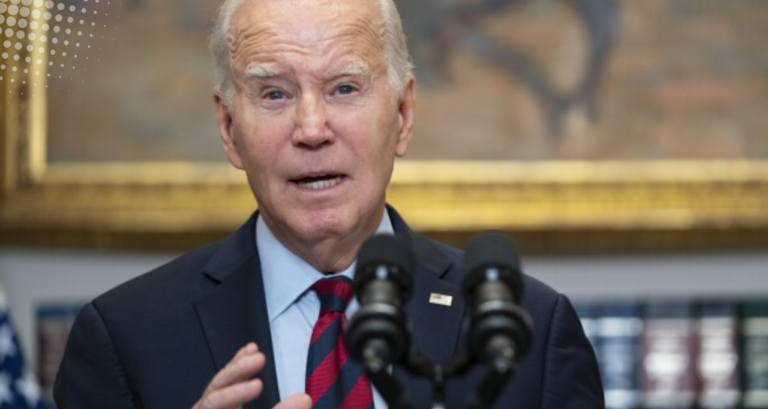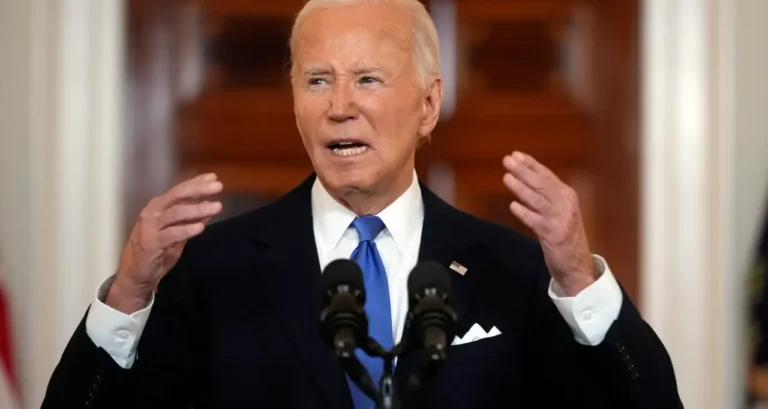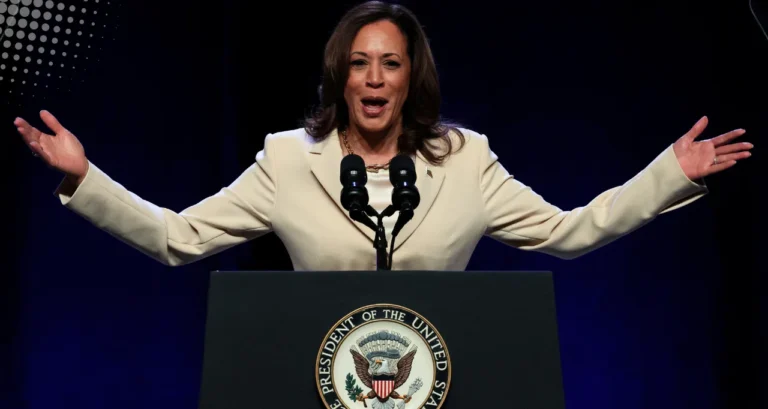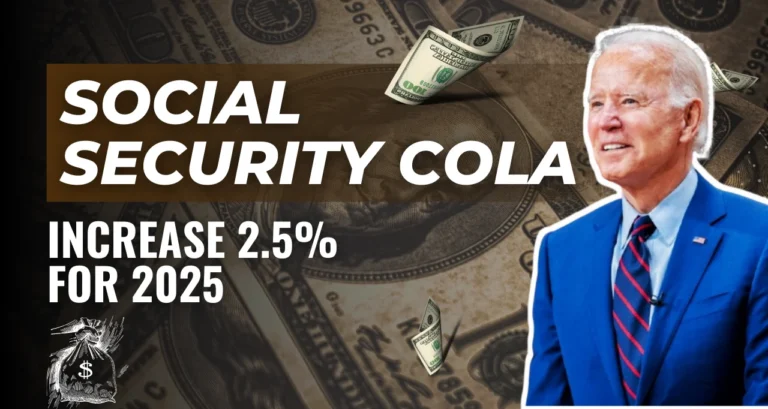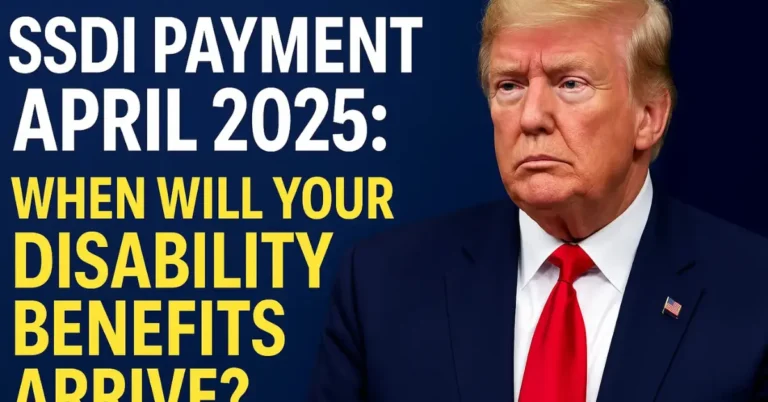WASPI Women Payout: What You Need to Know in 2024
The Women Against State Pension Inequality (WASPI) campaign has been fighting for compensation for women born in the 1950s, who were affected by changes in the state pension age. Recently, the UK Ombudsman recommended compensation payouts between £1,000 and £2,950 for these women, marking a significant step forward in their long-running campaign for justice.
What Is the WASPI Campaign?
The WASPI campaign was formed in response to the sudden changes in the state pension age for women born in the 1950s. Initially, these women expected to retire and receive their pension at the age of 60. However, changes in legislation gradually increased the state pension age to 65, and eventually to 66, aligning it with men’s retirement age.
The problem was not the pension age equalization, but the lack of proper communication. Many women were not given sufficient notice of the changes, leaving them financially unprepared for a delayed retirement. As a result, thousands of women experienced significant financial hardship, leading to the formation of the WASPI campaign.
What Are the Compensation Payouts for WASPI Women?
In 2024, the Ombudsman recommended that women affected by the pension age changes receive compensation ranging from £1,000 to £2,950. These payouts are intended to acknowledge the financial and emotional distress caused by the government’s failure to properly communicate the changes to the pension age.
The compensation amounts will vary based on the degree of financial loss and distress each woman experienced. While this recommendation is seen as a victory by many, some campaigners argue that the payout does not fully compensate for the hardships these women endured.
Who Is Eligible for the WASPI Compensation?
Eligibility for the WASPI compensation is limited to women born in the 1950s who were directly impacted by the pension age changes and did not receive adequate notice. Specific eligibility details will depend on the extent of financial loss and personal circumstances related to retirement planning.
Why Are WASPI Women Seeking Compensation?
The WASPI campaign seeks compensation because of the financial hardship many women experienced when their expected pension age was abruptly increased. The lack of clear communication left women with insufficient time to adjust their retirement plans, forcing some to delay retirement, use up their savings, or continue working longer than anticipated.
Many women felt that they had been misled and unprepared, which has caused long-term financial and emotional consequences. The compensation aims to address these concerns, though campaigners believe that the amounts recommended do not fully reflect the losses incurred.
How Much Compensation Will WASPI Women Receive?
The Ombudsman has recommended payouts ranging between £1,000 and £2,950, depending on the severity of the impact on individual women. The recommended amounts consider the level of communication failure and the resulting distress caused to those affected by the sudden pension age changes.
WASPI Women’s Reaction to the Ombudsman’s Report
While the Ombudsman’s report is a step toward justice, many WASPI campaigners feel that the compensation amounts are insufficient to cover the real financial losses these women have faced. For many, delaying retirement or continuing to work unexpectedly caused significant hardship, and the compensation fails to reflect the true cost of these difficulties.
WASPI supporters argue that these payouts fall short of delivering the compensation they deserve and are pushing for greater financial recognition of the hardships they have endured.
Ongoing Campaign for Pension Equality
The WASPI movement continues to campaign for:
- Larger compensation payouts that more accurately reflect the financial impact these women have experienced.
- Pension reforms to ensure future changes in pension policies do not disproportionately affect women.
- Accountability from the government for the lack of communication regarding the pension age changes.
The campaign also focuses on addressing wider pension inequalities and ensuring that this situation does not repeat for future generations of women.
Concerns About the Ombudsman’s Recommendations
While the Ombudsman’s report is a positive step, several concerns remain, including:
- Eligibility: How will the government determine which women are eligible for compensation?
- Administration: What process will be in place to ensure that compensation is distributed efficiently and fairly?
- Long-term Solutions: Will the compensation be a one-time payment, or will there be ongoing efforts to address the long-term effects of these pension changes?
Advocacy groups are urging the government to ensure that the compensation scheme is transparent, fair, and reflective of the real losses experienced by these women.
What Are the Next Steps for WASPI?
The WASPI campaign is far from over. While the Ombudsman’s report represents progress, campaigners believe there is still more to be done to achieve full justice. Some key questions moving forward include:
- Will the government fully implement the Ombudsman’s recommendations?
- Will additional compensation measures be introduced to address the real financial impact on women’s lives?
- How will future pension policies be shaped, and what role will advocacy groups like WASPI play in these discussions?
The government’s response to the Ombudsman’s report will be critical in determining whether affected women will receive fair compensation and whether broader pension reforms will be implemented.
Conclusion
The WASPI campaign has made significant strides in fighting for justice for women affected by state pension age changes. While the Ombudsman’s recommendation of £1,000 to £2,950 payouts is a step in the right direction, many campaigners believe it does not go far enough in addressing the financial and emotional hardship these women endured. As the campaign continues, WASPI remains committed to securing fair compensation and ensuring that the government takes responsibility for the communication failures that led to this situation.
FAQs
What is the WASPI campaign about?
The WASPI campaign fights for women born in the 1950s who were financially impacted by state pension age changes due to poor communication.
How much compensation is being recommended for WASPI women?
The Ombudsman has recommended payouts between £1,000 and £2,950 for eligible women.
Why are WASPI women seeking compensation?
WASPI women seek compensation for the financial hardship caused by the lack of adequate notice about the changes to their pension age.
Who is eligible for WASPI compensation?
Women born in the 1950s who were affected by the changes in the state pension age and did not receive sufficient notice are eligible for compensation.
What are the next steps for the WASPI campaign?
The campaign continues to push for greater compensation and pension reforms to ensure justice for all affected women.


